Natassa lives in Athens now. She often wears Virginia’s brooch and drinks coffee out of the coffee cups of her ‘aunt from Constantinople’ who spent the second half of her life in Thessaloniki.
Virginia’s jewellery and garments
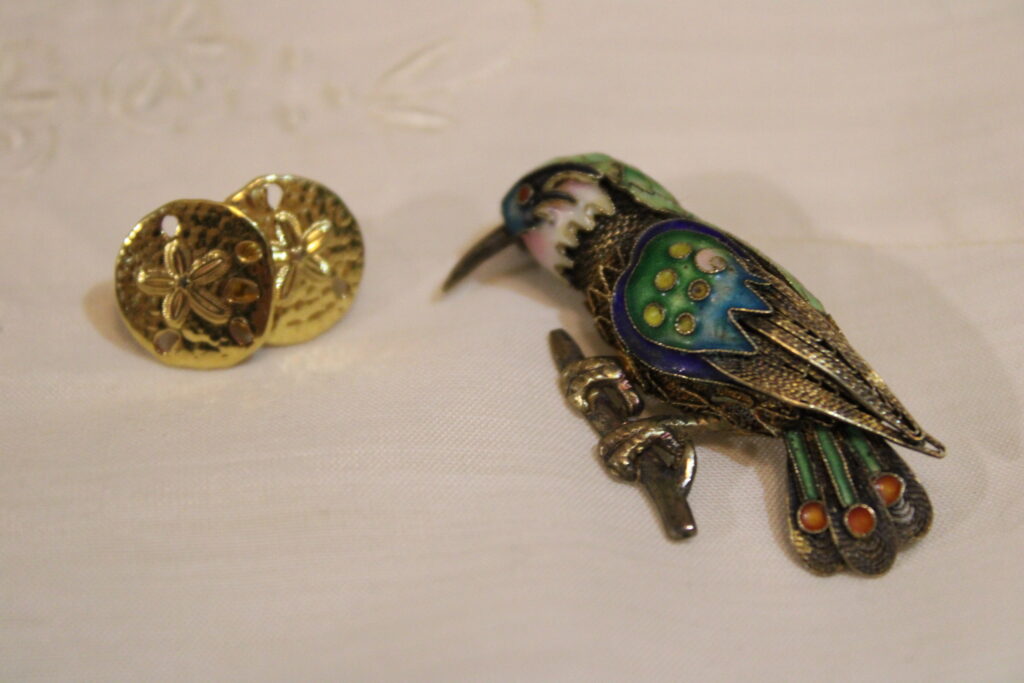

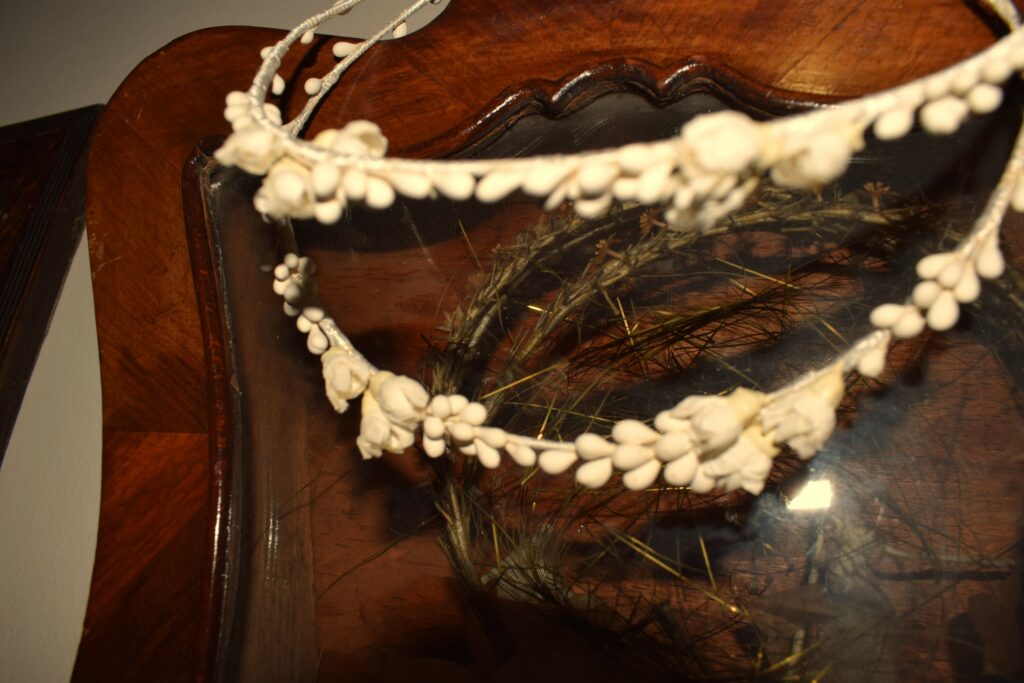
Two refugee families have donated the wedding wreaths brought over by their ancestors to the ‘House of Asia Minor Greeks’, a space where refugee keepsakes are exhibited by the ‘Agios Polykarpos’ Brotherhood of Asia Minor Greeks of Chania. One pair of wreaths is still in its display, which bears the initials ‘M.-E.’, while the second pair has survived tied up with its original ribbons.
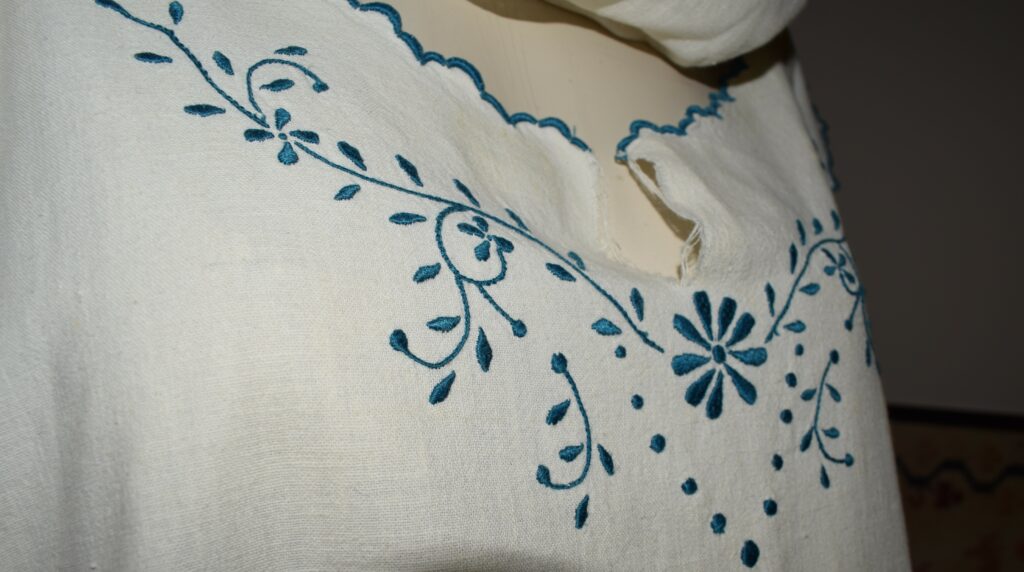
Nightgowns, dresses, linen were donated as keepsakes to the ‘House of Asia Minor Greeks’ established in Chania by the ‘Agios Polykarpos’ Brotherhood of Asia Minor Greeks of Chania. These clothing items, their white yellowed by wear and the passage of time, are now carriers of refugee memory from Asia Minor.
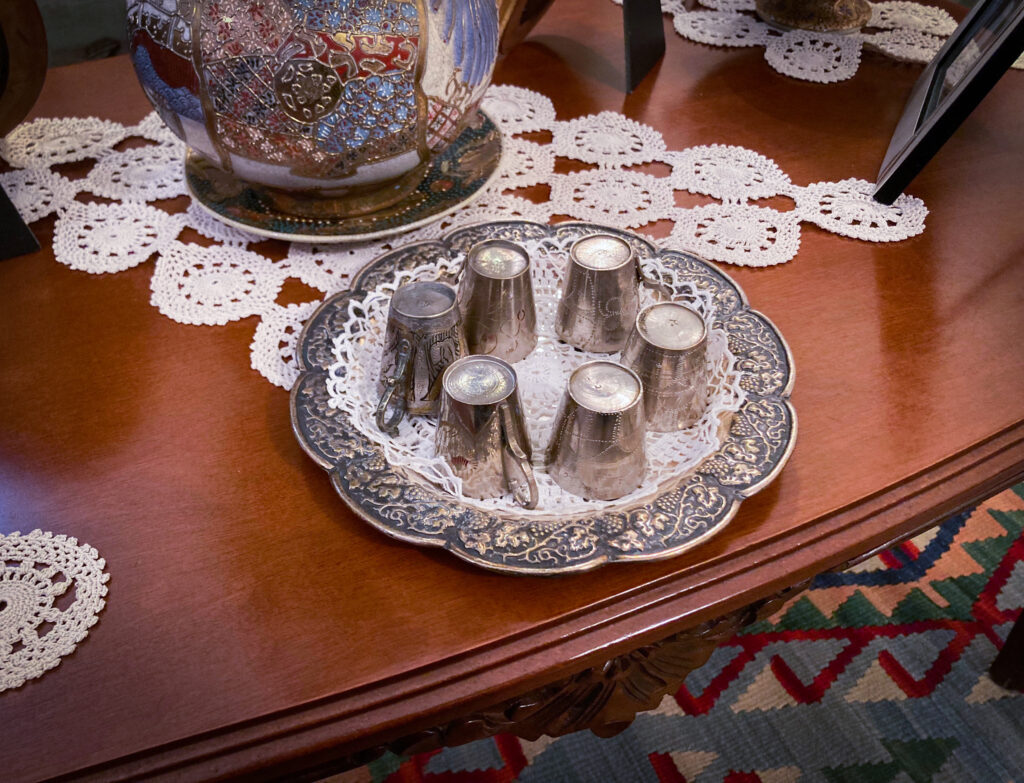
On October 2, 1924, according to the terms of the Lausanne Treaty, Angeliki, her three children and her mother-in-law, Nymfodora Chatzitheodoridou, left their home carrying seven bundles with them in which they tried to fit their most useful and valuable possessions. The family made it to Mersin where they boarded the ship Destounis and travelled to Greece. Half the ship’s passengers disembarked in Evoia and the other half in Piraeus.
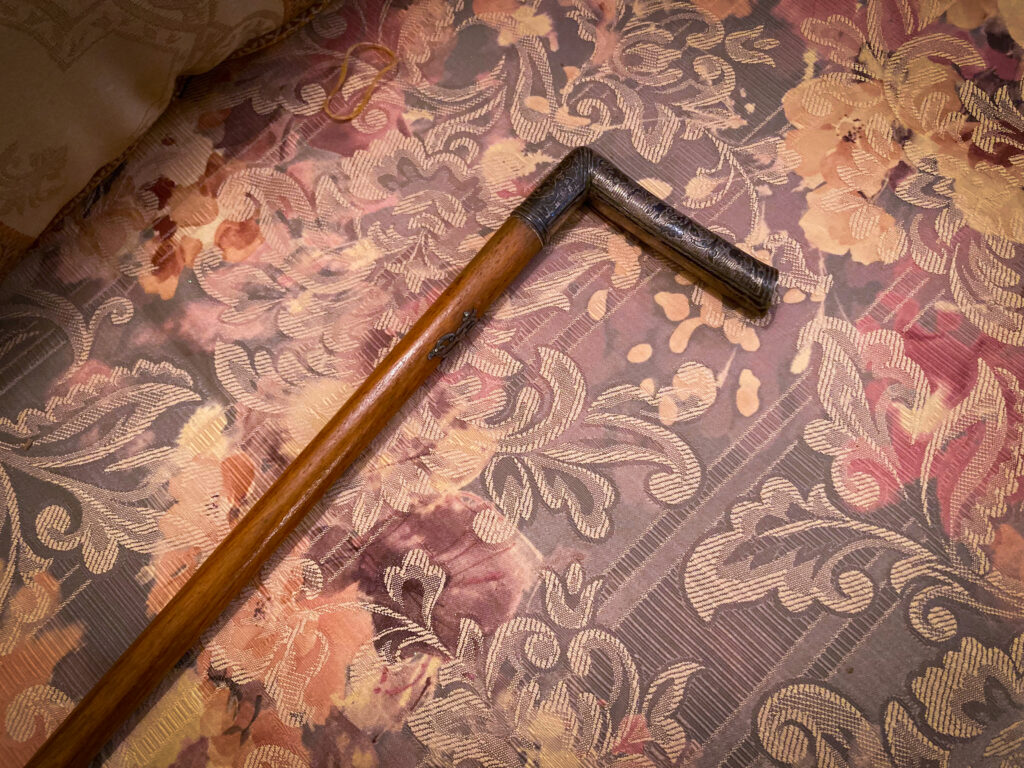
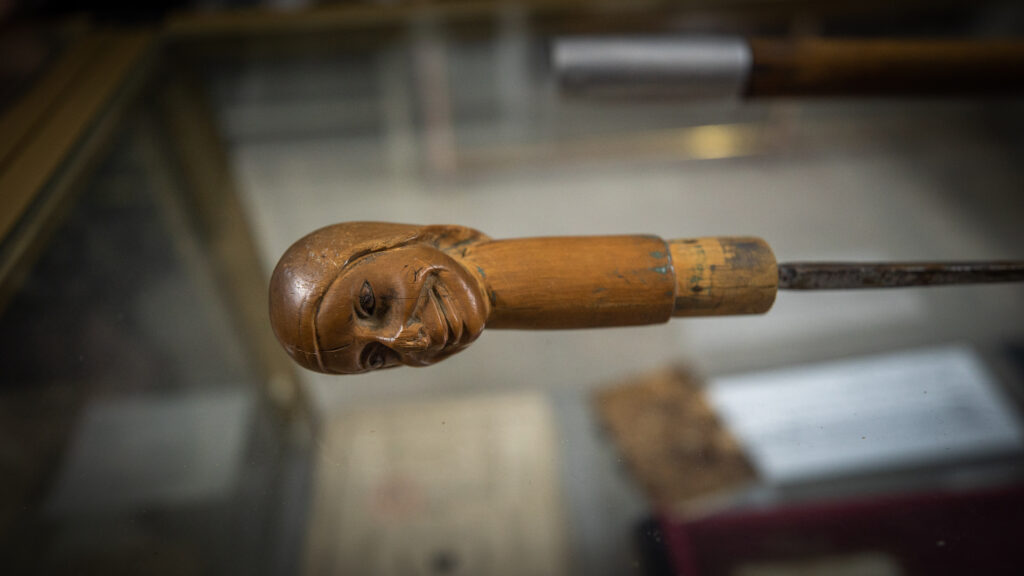
Nikolaos Pempes was born in Sinasos circa 1880. He married his compatriot, Vasiliki Ladopoulou. Like most Sinasos men, Nikolaos worked in Constantinople, regularly visiting his family who had stayed behind in Sinasos. Nikolaos and Vasiliki had three children, Lazaros in 1906, Gavriil, and Theologos in 1915, but Vasiliki died when giving birth to their third
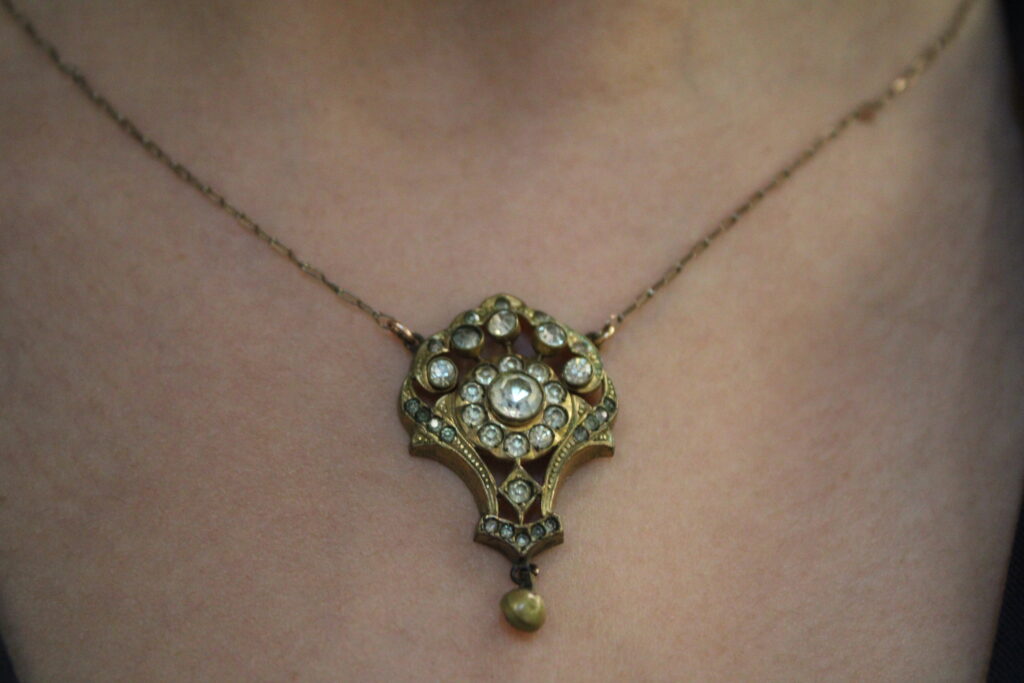
Some time between 1914 and 1918, Athina, a widow and mother of one child, Chrysoula, born in 1913, arrived in Kataltza (today known as Choristi, Drama) dressed in her traditional outfit. Her journey started from Scholari after her husband, a soldier, died in battle. Her granddaughter, Athina Chorozi, remembers her wearing breeches and saying: ‘They kicked me out of my house with nothing but the breeches I had on! Everything I had of value I
stashed in my pockets and I wrapped Chrysoula in the crib liner, the one with the chariot.’
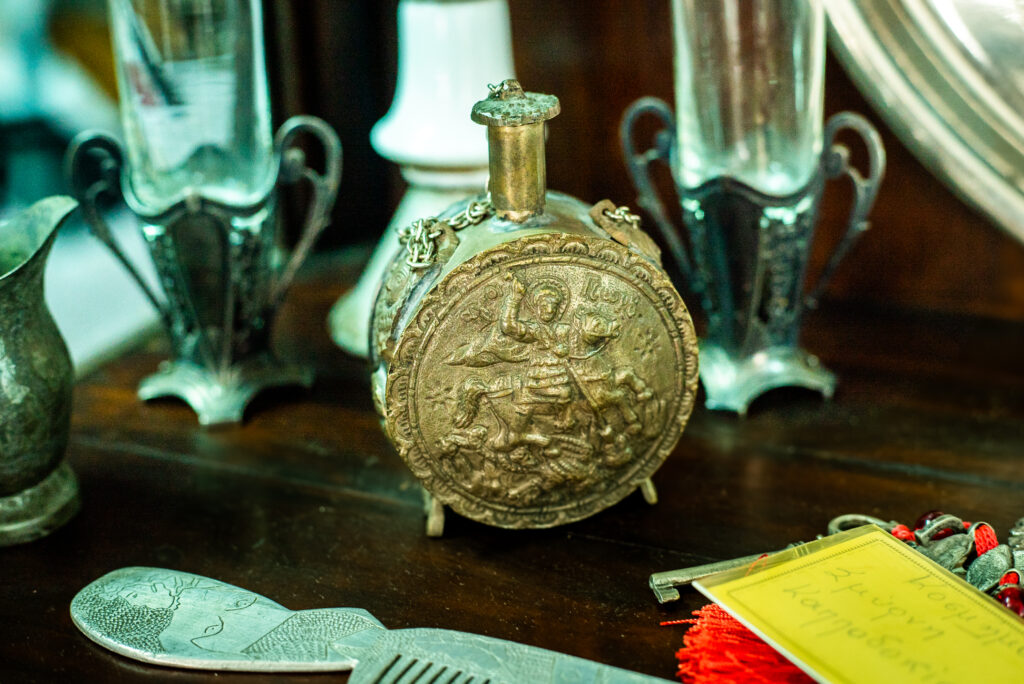
For Ourania Stamatiadou-Koutsogianni, the story of her grandparents, starting with their origins, then their exodus and the new life they built at the refugee neighbourhoods of Nea Ionia, is part not only of her family history, but also of the history of Asia Minor Hellenism in general, of the refugee movement of 1922 and the new refugee settlements which sprung up all over the country.
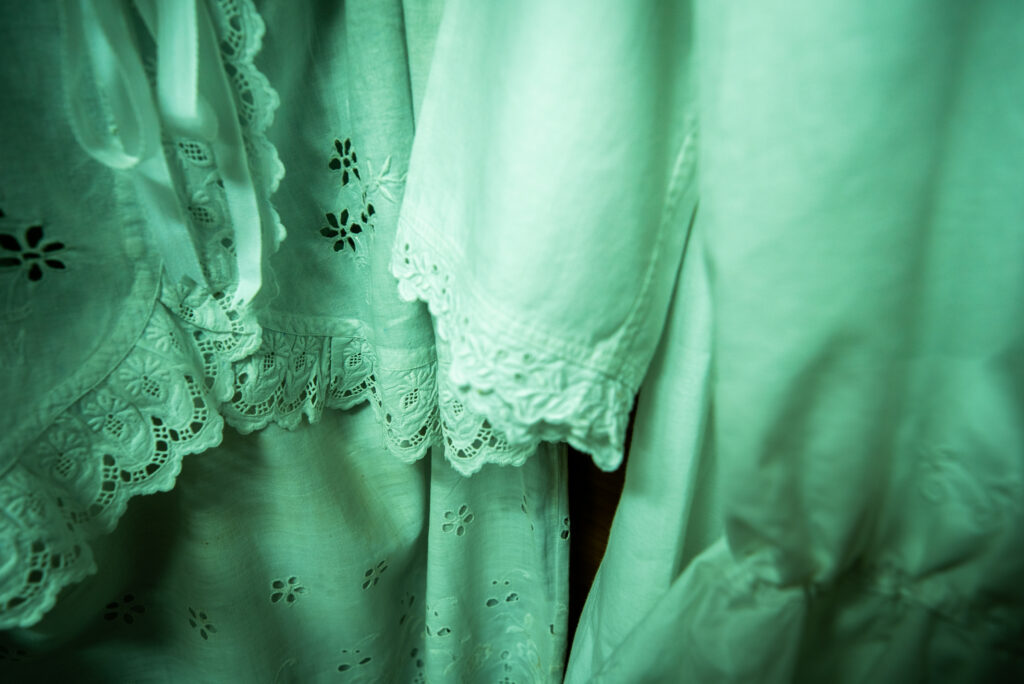
The offices of the ‘Englezonisi’ Cultural Association of Asia Minor Greeks of Nea Ionia, Magnisia host a small exhibition of household items, clothes, and linen brought over by the refugees. Among the exhibits displayed, you can see embroidered, handmade, cotton, bridal underwear and everyday cotton undergarments.
